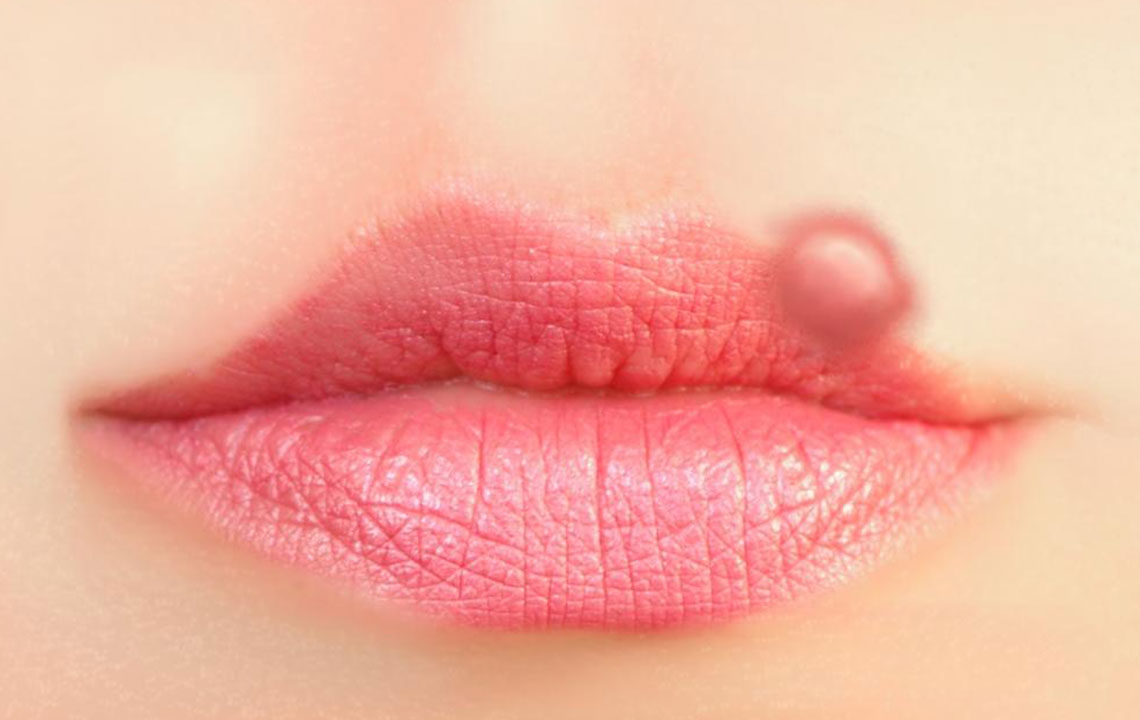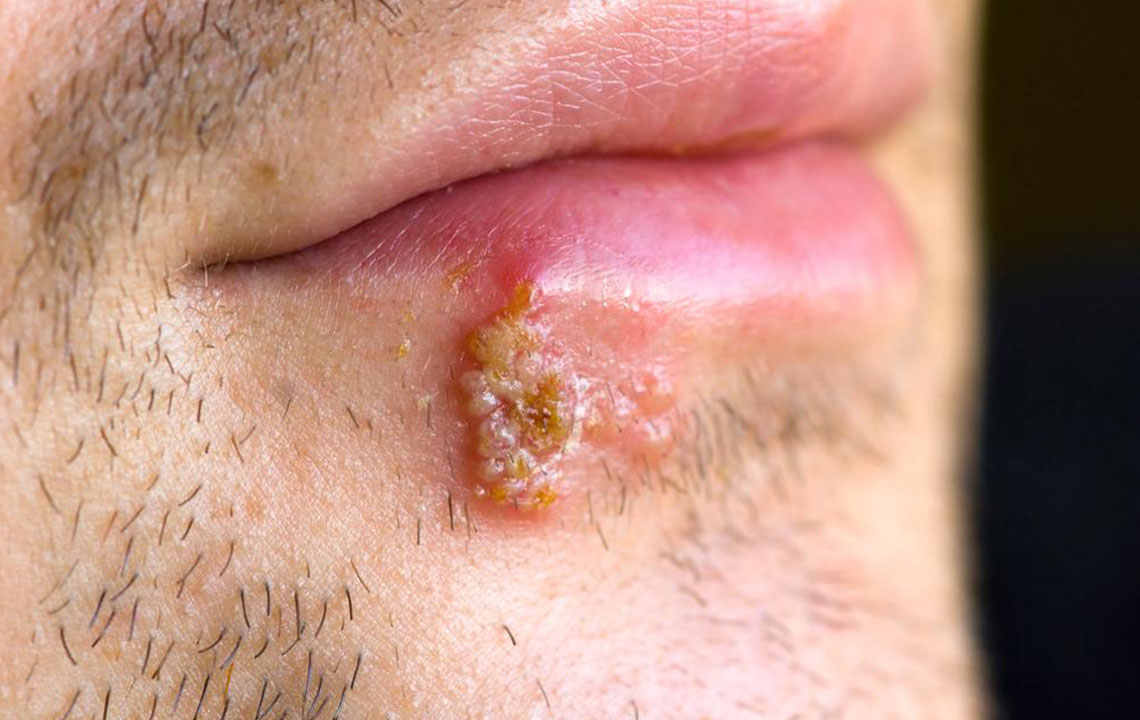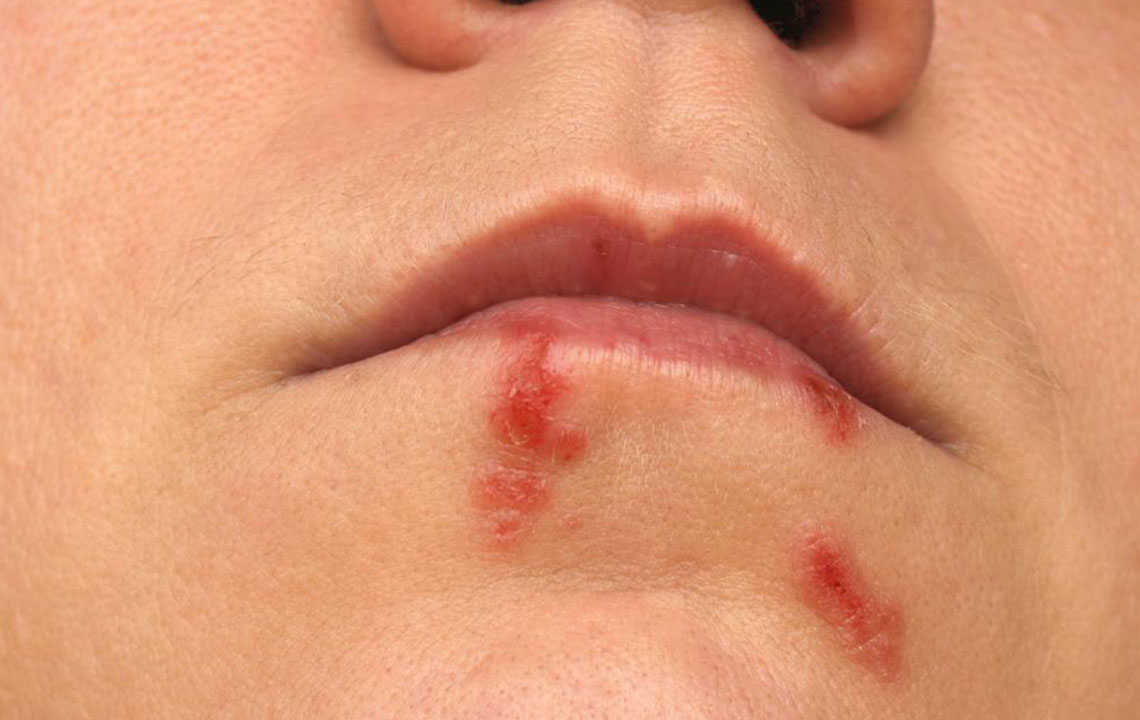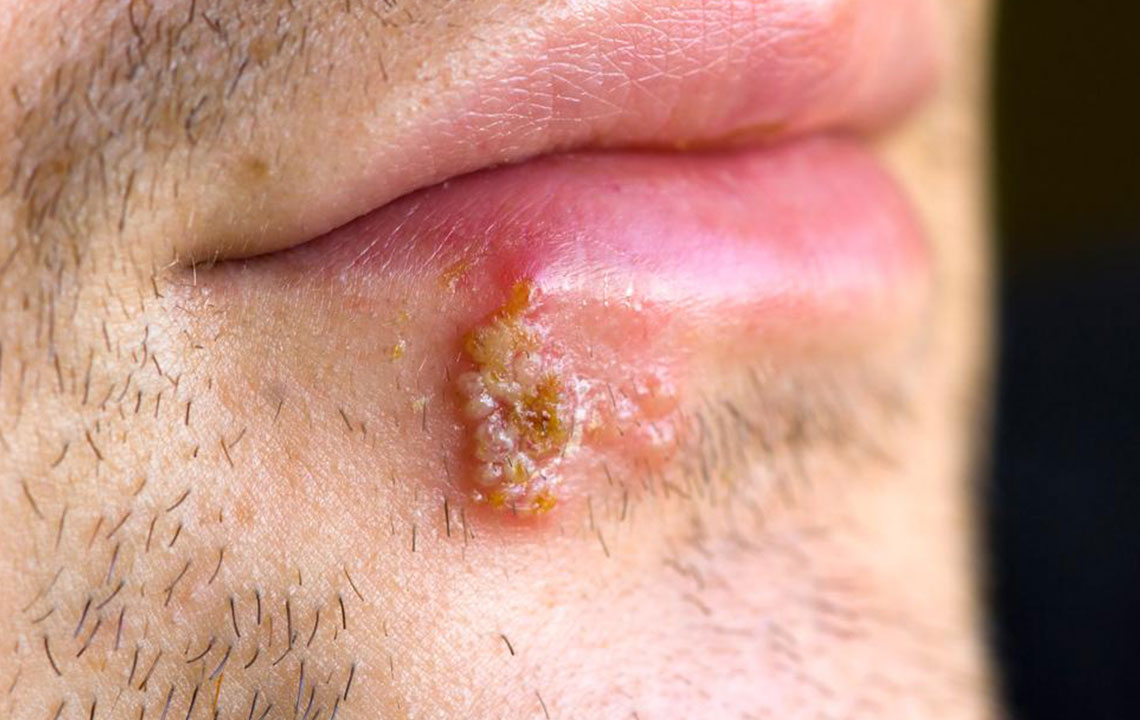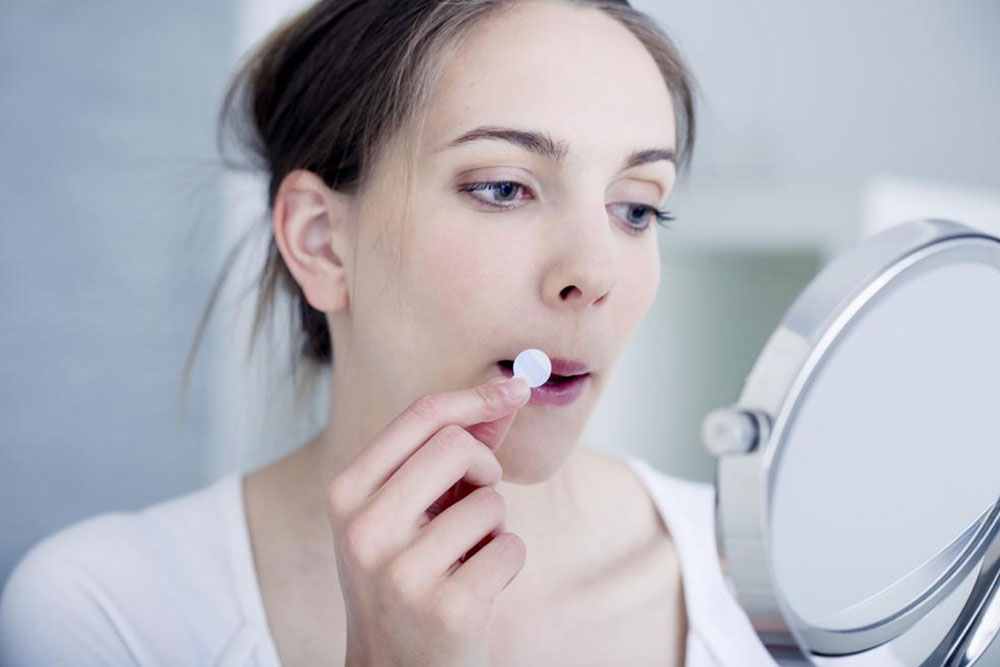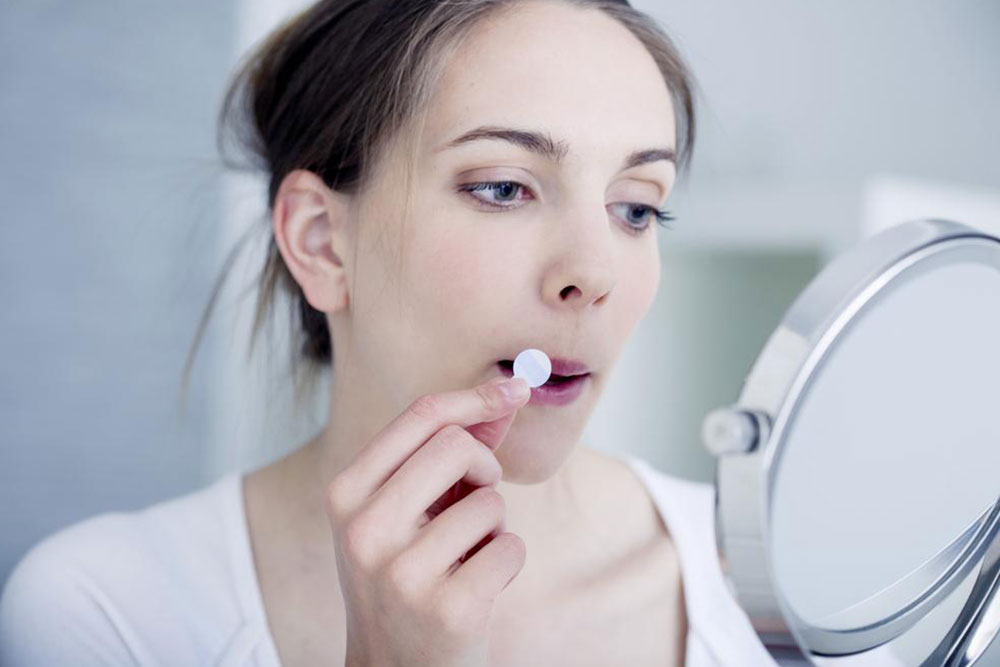Comprehensive Guide to Cold Sores: Causes, Symptoms, and Effective Treatments
Cold sores are painful, contagious blisters caused by the herpes simplex virus. This comprehensive guide covers their causes, symptoms, stages, and effective management strategies, including medications and home remedies. Understanding triggers and early signs can help reduce recurrence and minimize discomfort. Proper treatment and preventive measures are essential for controlling outbreaks. Whether you're experiencing your first cold sore or a recurrent one, this article offers valuable insights into managing this common condition for better health and comfort.
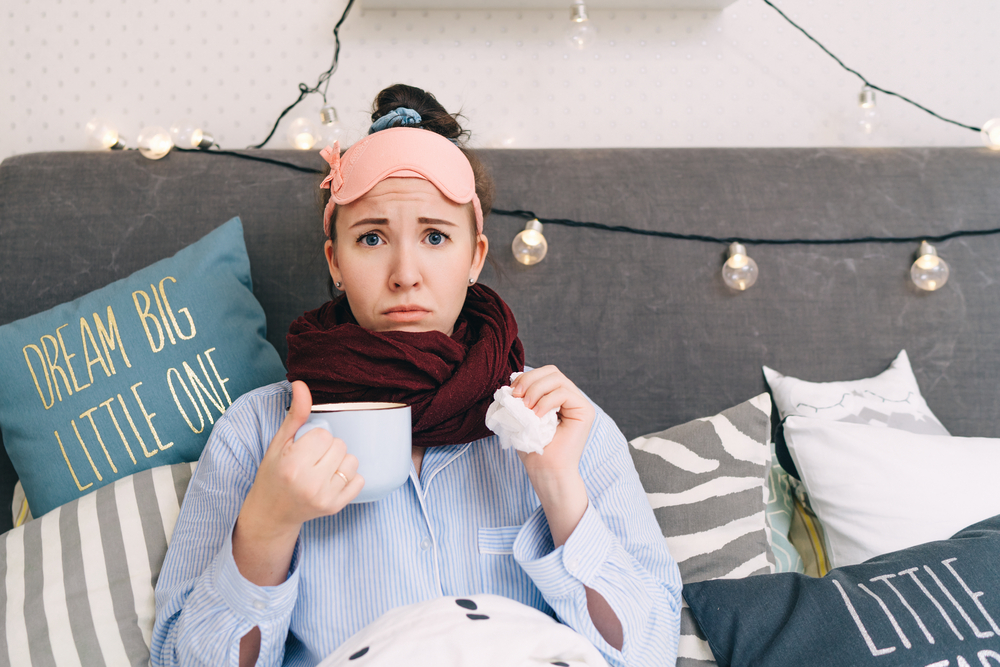
Comprehensive Guide to Cold Sores: Causes, Symptoms, and Effective Treatments
Everything You Need to Know About Cold Sores
Cold sores, also known as fever blisters, are painful, contagious lesions that manifest as fluid-filled blisters primarily around the lips and facial area. Although these sores typically persist for up to two weeks or longer, their impact can be persistent, recurring, and uncomfortable. In rare cases, cold sores can appear on other parts of the body such as fingers, the inside of the mouth, or the nose, making awareness and proper management essential for overall health and comfort.
Cold sores are caused by the herpes simplex virus (HSV), a highly contagious virus that can spread through close contact. This includes behaviors such as kissing, hugging, sharing utensils, razors, or towels, even when no sores are visible. While there is currently no definitive cure for herpes simplex virus infections, a variety of antiviral medications can help manage symptoms, shorten outbreaks, and reduce the frequency of recurrences.
What Causes Cold Sores?
The primary cause of cold sore outbreaks is the herpes simplex virus (HSV).
There are two main types of HSV: HSV-1, which is primarily responsible for cold sores, and HSV-2, which typically causes genital herpes. However, both types can infect either area.
Once infected, the herpes virus remains in the body in a dormant state within nerve cells and can reactivate periodically, leading to outbreaks.
Factors such as stress, illness, fatigue, immunosuppression, hormonal changes, and exposure to sunlight can trigger reactivation of the virus.
Recognizing the Symptoms of Cold Sores
Early warning signs often include tingling, itching, or burning sensations around the lips or face before the sores appear.
Red, swollen, and fluid-filled blisters develop shortly after initial symptoms.
These blisters can be painful and may break open, releasing fluid and forming crusted sores.
Additional symptoms such as fever, muscle aches, headache, and swollen lymph nodes in the neck are common, especially during initial outbreaks.
The Different Stages of Cold Sores
Stage 1 – Tingle and Prodrome: A day or two before sores appear, tingling or burning sensations occur, signaling an impending outbreak.
Stage 2 – Blister Formation: Red, fluid-filled blisters develop on the lips or face.
Stage 3 – Ulceration and Pain: The blisters burst, leaving painful red sores that may crust over.
Stage 4 – Crusting and Drying: Sores dry out, form scabs, and may cause itching or cracking.
Stage 5 – Healing: The scabs fall off, and the skin begins to heal, often without scarring.
These stages generally last about one to two weeks. The virus can remain contagious until the sores have fully healed, emphasizing the importance of preventive measures during outbreaks. First-time outbreaks may take longer to heal and tend to be more severe, sometimes appearing up to 20 days after initial exposure to the virus.
How to Manage Cold Sores Effectively
Topical Treatments: Applying antiviral creams like penciclovir or docosanol directly to the sore can help reduce discomfort and speed up healing. For optimal effectiveness, use these creams 4 to 5 times daily during the outbreak.
Oral Antiviral Medications: When outbreaks are frequent or particularly severe, doctors may prescribe oral antiviral drugs like acyclovir, valacyclovir, or famciclovir. These medications can help shorten the duration of outbreaks and reduce the likelihood of future recurrences.
Home Remedies and Lifestyle Changes to Alleviate Cold Sores
Lemon Balm: Products containing lemon balm (melissa officinalis) can alleviate redness, swelling, and discomfort. Regular application may also help prevent future flare-ups.
Ice and Cold Compresses: Applying cold packs or ice wrapped in a cloth can numb nerve endings, reduce pain, and decrease swelling.
Aloe Vera: Known for its soothing and anti-inflammatory properties, pure aloe vera gel can calm irritated skin and promote faster healing during active outbreaks.
Sunscreen on Lips: Protecting lips with a broad-spectrum sunscreen can prevent UV-induced reactivation of the herpes virus, reducing the risk of future cold sore outbreaks.
Stress Management: Since stress is a common trigger, incorporating relaxation techniques such as meditation, yoga, or regular exercise can help minimize outbreaks.
Understanding how to manage cold sores effectively involves a combination of medication, lifestyle adjustments, and preventive care. Awareness of triggers and early symptoms can empower individuals to take timely action, minimizing discomfort and transmission risk.
In summary, cold sores are a common but manageable condition caused by the herpes simplex virus. While they pose no serious health threats to most individuals, their recurrence and contagious nature make proper treatment and preventive practices essential. If you experience frequent or severe outbreaks, consult a healthcare professional for personalized advice and treatment options.
